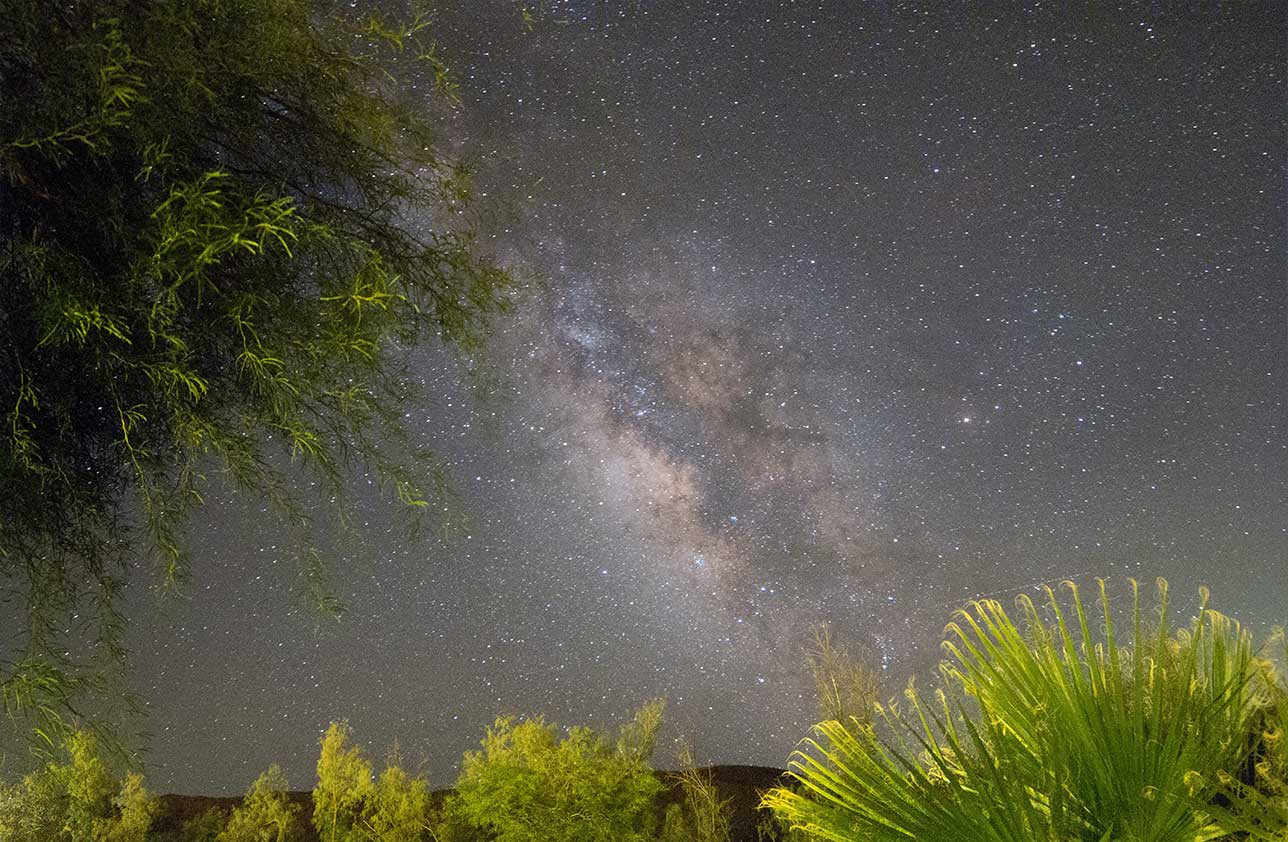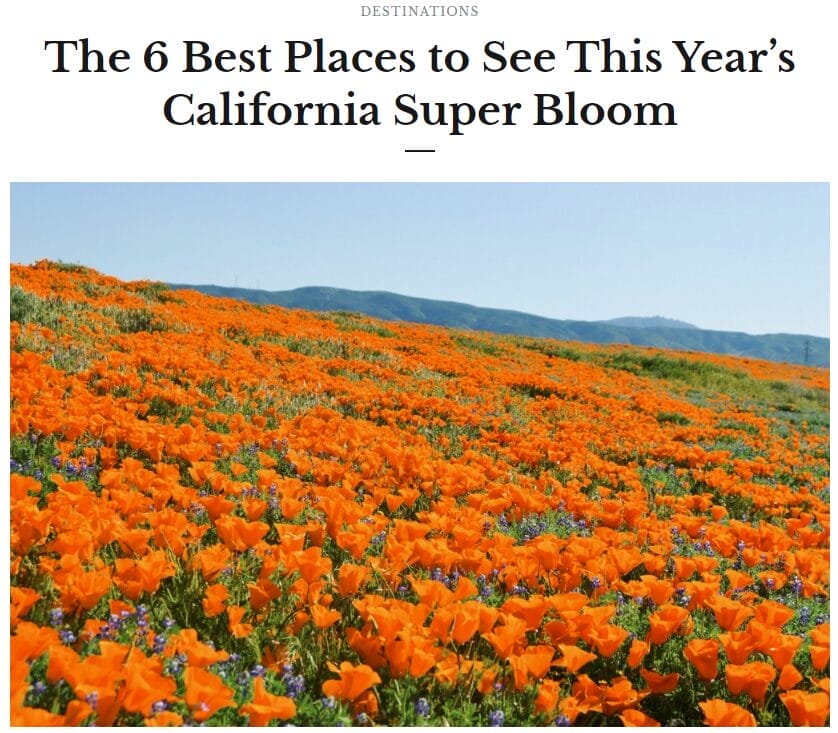Stay A Little Longer And Save! Book 3 Nights, Get 1 Free! LEARN MORE
A Beginner’s Guide to Stargazing

A Beginner’s Guide to Stargazing
When you stop by Borrego Springs you can learn more about the stars as well as see them clearly for yourself, no telescope necessary! Before you go scope out the stars, here are a few fun facts to keep in mind.
- Every star you can see with the naked eye is bigger and brighter than the sun.
- Space is silent. Since there is no atmosphere in space, sound has no way to travel for someone to hear.
- Stars don’t actually twinkle. As their light passes through many layers of the earth’s atmosphere, it bounces around like a pinball machine, and creates the twinkling effect.
- On a clear night, you can see about 20 quadrillion miles. That is 20,000,000,000,000,000 miles. In those 20 quadrillion miles, there are 88 constellations we can spot in the sky.
The stars and constellations of our night sky
There are more stars in the universe than there are grains of sand on the earth. However, you don’t need to be a star expert to enjoy the night sky. Here are a few easy constellations to spot on your next trip.
Big Dipper & Ursa Major. While the Big Dipper is not technically a constellation, it is part of Ursa Major, also known as the Great Bear. To find the Big Dipper, locate three stars in a line. These are part of the handle that connects to the Big Dipper. It is visible all year round and it looks like a ladle. The Big Dipper is the tail end of the Great Bear.
Orion the Hunter. This is one of the most famous constellations. One of the easiest tricks to spotting it is to look for the brightest star in the sky, Sirius. Orion’s belt, three stars close together, point to that bright star. Orion is an hourglass-shaped constellation with the belt in the middle. He looks like a hunter with a bow and arrow.
Leo the Lion. To spot Leo start with the Big Dipper. The bottom right star of the cup part of the Big Dipper points to the Leo constellation. You can easily spot it by looking for the backwards question mark. This pattern in Leo is called the Sickle. The triangle to the left of the Sickle forms the hindquarters and tail of the lion.
The celestial calendar
The universe is in constant motion. What’s visible in the cosmos changes throughout the year, so referring to celestial calendars is always a good idea. Here are a few phenomena worth keeping an eye out for throughout the year.
- The Orion Nebula: December–February
- The Beehive Cluster: February–May
- The Milky Way’s core: April–September
- The Summer Triangle: July–August
- The Andromeda Galaxy: September–October
- The Winter Hexagon: December–February
There are plenty of free apps you can download for a little guidance navigating the night sky. And if you’d prefer a little more hands-on help, Dennis Mammana is a local astronomer who hosts personalized tours of the cosmos on nights without moonlight. You can learn more about his tours here.
No matter how you choose to stargaze, viewing the cosmos from an International Dark Night Sky Community is simply out of this world.





